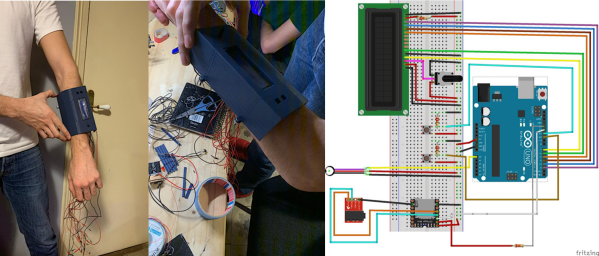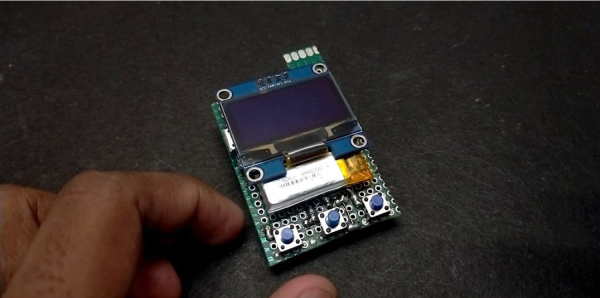Blinds are great for keeping light out or letting light in on demand, but few of us appreciate having to walk over and wind them open and shut on the regular. [DIY Builder] resented this very task, so set about creating an automated system to do the job for him.
The blinds in question use a ball chain to open and close, which made them relatively easy to interface with mechanically. [DIY Builder] set up a NEMA 17 stepper motor with an appropriate 3D-printed gear to interface with the chain, allowing it to move the blinds accurately. The motor is controlled via an Arduino Nano and an A4988 stepper motor driver.
However, that only covered the mechanical side of things. [DIY Builder] wanted to take the build a step further by making the blinds voice activated. To achieve this, the Arduino Nano was kitted out with a DFRobot Gravity voice recognition module. It’s a super simple way to do voice recognition—it’s an entirely offline solution with no cloud computing or internet connection required. You just set it up to respond to simple commands and it does the rest.
The result is a voice activated blind that works reliably whether your internet is up or not. We’ve seen some other great projects in this space, too. Video after the break.
Continue reading “Blinds Automated With Offline Voice Recognition”













